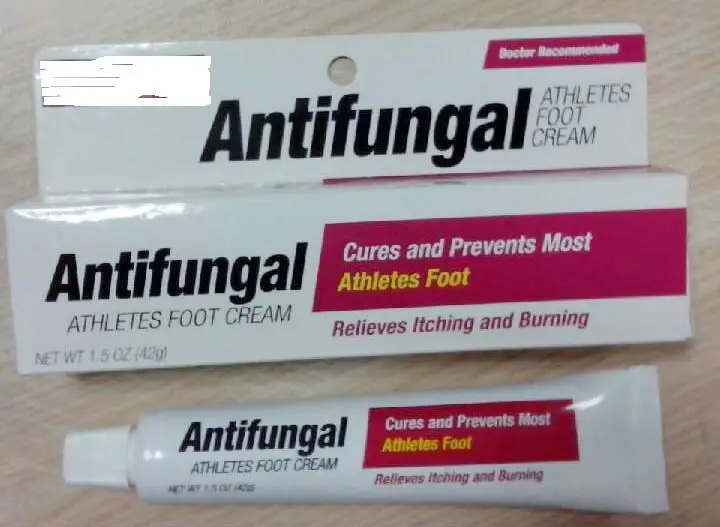
He or she can help you determine whether treatment is necessary, and, if so, what kind of treatment will work best for your situation. Talk with your health care provider about your concern. It’s important to note that reinfection is likely, regardless of treatment chosen, especially as you age. Laser treatments also may be an option, although there’s little data supporting their effectiveness. These medications require regular application for up to a year to prevent new fungal growth. For milder infections or if you can’t take the oral options, a topical medication may be appropriate.
#Antifungal cream for toes free
These drugs help a new nail grow free of infection, slowly replacing the infected part. Oral antifungal medications taken for about six months are the most effective.

When treatment is necessary, it usually involves a topical medication or antifungal medications. Left unchecked, the fungus could spread to other parts of your body and make you ill. In these cases you need prompt treatment for a fungal infection. That said, these infections can cause complications, particularly if you have diabetes or a weakened immune system, you have HIV, you’ve had a transplant, or you’re undergoing cancer treatment, for example. If you let your toenails grow long, itĬreates more places for the fungus to grow. With a file to keep it thin, so the fungus has a less of a home to live in. I generallyĮncourage healthy adult patients with mild toenail fungus to not treat it or to Toenail fungus typically does not lead to bigger medical problems. InĪddition, your nails become more brittle and drier over time, creating more That’s because as you age, your immune system changes. The older you are, the more likely you are to get toenailįungus.

In some cases, fungus can get into the cells that make the nail, called the “nail matrix.” That can make the fungus difficult to eliminate because the cells manufacturing the rest of the toenail are infected. It also may sit on top of the nail or grow underneath it. Toenail fungus can be tough to get rid of because it can get into and in between those layers. Toenails are made up of multiple layers stacked on top of each other.

But it is possible for fingernails to be affected.

Toes also have less blood flow than fingers, making it harder for your body’s immune system to detect and stop the infection. These fungal infections are more likely to happen in your toenails than in your fingernails because toenails often are confined in a dark, warm, moist environment, where fungi can thrive. But as the infection goes deeper, nail fungus may cause your nail to discolor, thicken and crumble at the edge. It often begins as a white or yellow spot under the tip of your toenail. Toenail fungus usually is caused by a microscopic organism called dermatophyte fungus. Treatments are available, although they may take some vigilance and are not always necessary. As nail growth slows with age, it’s easier for fungus to establish in the nail bed. Fungal nail infections are common, especially among older adults. Is this something I should be concerned about? Is there anything I can do to fix this?ĪNSWER: What you’re likely experiencing is a fungal nail infection. DEAR MAYO CLINIC: I am in my late 50s, and a few of my toenails have turned a yellowish color and seem to have thickened.


 0 kommentar(er)
0 kommentar(er)
